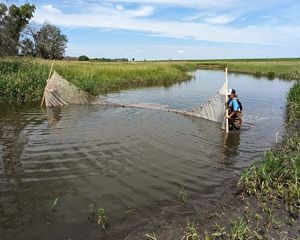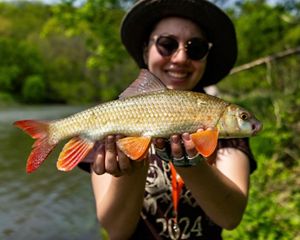The Other Side of Prairie Life
How a tiny fish made a big comeback in southwest Minnesota’s prairies.
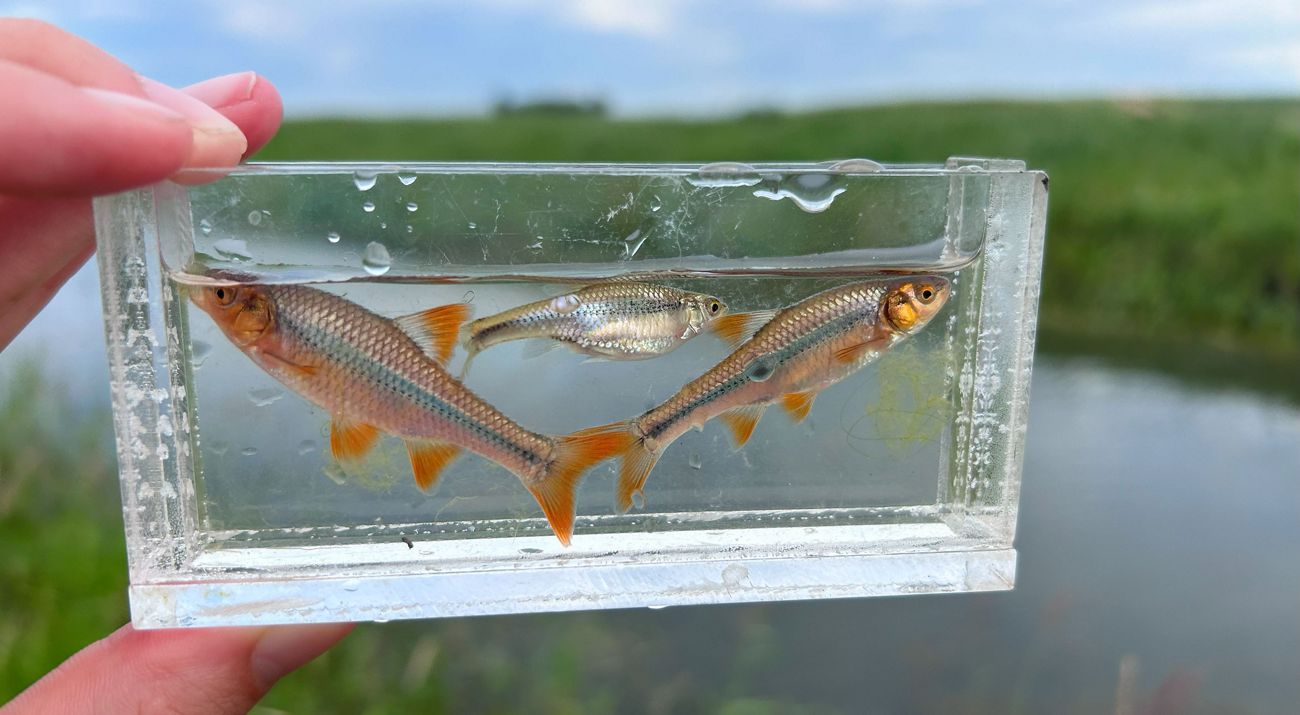
You may think you know the species of Minnesota’s prairies. Bison and butterflies, big bluestem and bee balm.
But there’s another side of prairie life hidden among the ponds and swimming in the streams that cut through the plains. It’s here where sunfish, crawfish, cattails, snapping turtles, water bugs, dragonflies, frogs, muskrat, minnows and ducks thrive in an interconnected community. It’s also where an endangered species has made a glorious comeback.
Tiny fish, big impact
The Topeka shiner is a tiny minnow, no more than three inches long. A male at its peak reproductive stage looks a little like one of the vibrant saltwater fishes you might see while snorkeling in the Caribbean. Its bright orange fins pop against its pink scaly body, contrasted with a metallic blue stripe running from head to tail.
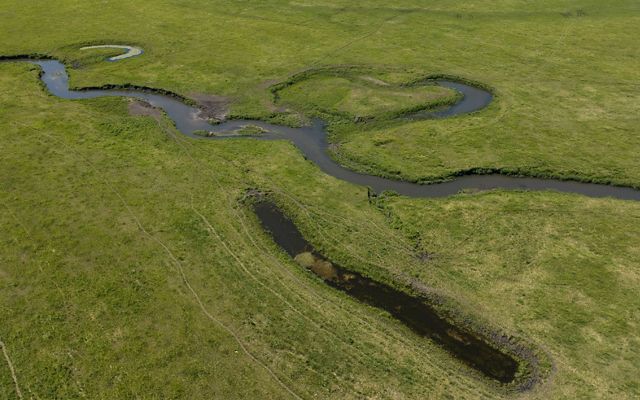
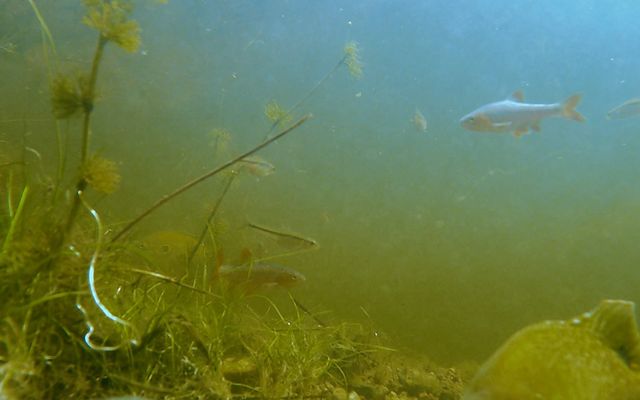
Topeka shiner thrive in a unique type of prairie pond called oxbows. These ponds are formed when a bend in a meandering stream gets cut off when the stream’s flow changes course. They’re like a freshwater version of a tide pool, offering a gentle refuge out of the rushing creek where small fish reproduce, mostly protected from predators.
But agricultural development has changed the way water moves across the prairie, causing oxbows to fill with sediment. With the loss of its habitat, the Topeka shiner was in trouble. It was federally listed as an endangered species in 1998.
In 2014, the U.S. Fish and Wildlife Service (USFWS) started an ambitious project to improve Topeka shiner habitat. If their populations improved enough, maybe the little fish could eventually be removed from the endangered species list.
In the last decade, the USFWS has restored 130 oxbows in southwest Minnesota. They restored the ponds by excavating and removing agricultural sediment, digging down to the water table. This allows restored oxbows to stay full of water even without much rainfall. When the nearby stream’s water levels rise, the newly restored oxbow’s waters connect to the main stream, allowing fish and other animals to spill into the oxbow, populating it with a rich community of prairie aquatic life. Of the 130 restored oxbows, 90% of them now have Topeka shiner.
“If you build it, they will come,” said Scott Ralston, a biologist with the USFWS.
Northern Tallgrass Prairie National Wildlife Refuge
A number of these oxbow restorations have happened within the Northern Tallgrass Prairie National Wildlife Refuge, a network of sites across western Minnesota and northwest Iowa. Established in 2000, the refuge protects more than 14,000 acres containing some of the best remaining tallgrass prairie in the region. The Nature Conservancy helped protect more than half of the refuge, adding 8,500 acres in Minnesota thanks to the state’s Outdoor Heritage Fund.
Annual Topeka Shiner Count

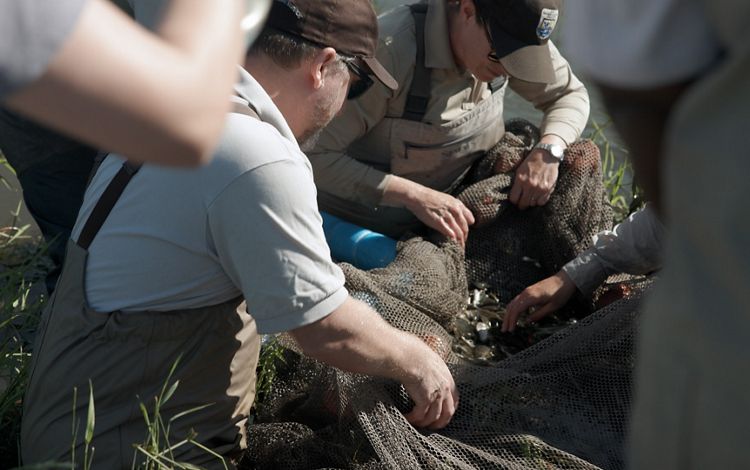
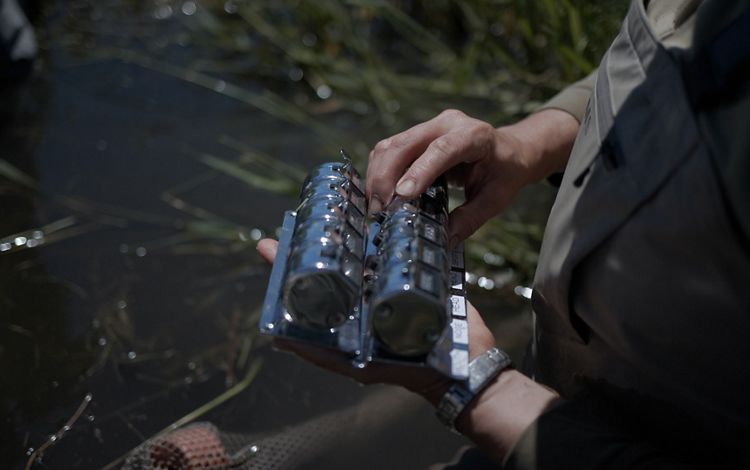
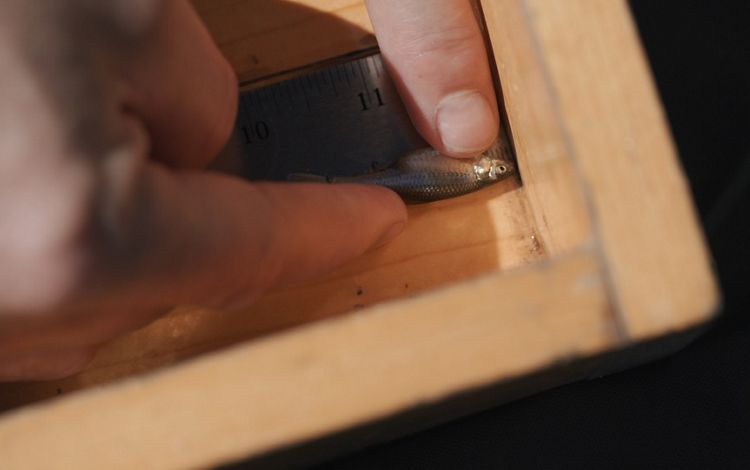
The refuge includes lands that are publicly owned and open to hunting and fishing, and lands that are privately owned and protected with voluntary land protection agreements. About 98% of the land in southwest Minnesota is privately owned, so landowners are critical to the restoration and conservation of Topeka shiner.
Landowners find a lot of benefit from having a restored oxbow on their land beyond the benefits for nature. Oxbows are a good, reliable source of water for livestock and can minimize erosion and sediment buildup in streams.
“This is an example not only of what we can do on the landscape for endangered species, but also shows what we can do in a working landscape,” said Steve Herrington, associate director of water for The Nature Conservancy in Minnesota, North Dakota and South Dakota. “Producers can adopt conservation practices on their own properties and still be able to make a living, doing livestock production and making a living with corn and soy. They don't have to be mutually exclusive.”
Delisting an endangered species
Although the Topeka shiner recovery has been strong in these oxbows, it may be a while before the fish could be removed from the endangered species list. In other parts of its range, like Missouri, Kansas and Iowa, the Topeka shiner hasn’t seen as much improvement.
“We have moved the needle on conservation of this endangered species,” Ralston said.
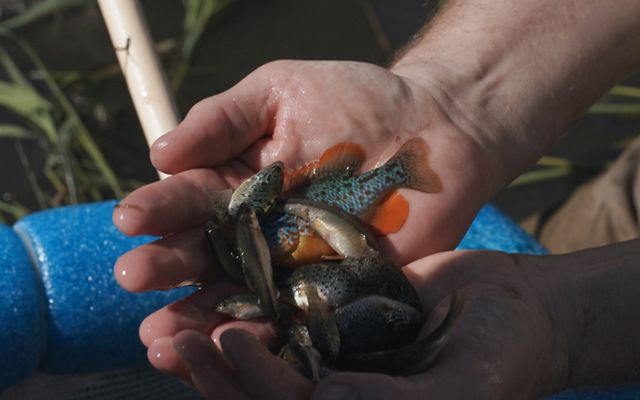
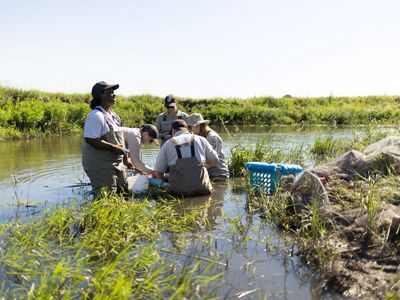
The restored oxbows have not only benefitted Topeka shiner. Surveyors have found at least 30 other species of fish living there, along with an abundance of other wildlife.
“It's not just one species, it's not just a community of species,” said Nick Utrup, fish biologist with the USFWS. “It's an entire landscape of species that use these oxbows.”
A natural question to ask, however, is why should we care? Why does it matter whether a tiny fish recovers?
“For both humans and wildlife, we all utilize the same habitats, whether you realize it not,” said Ralston. “We use the same water sources, breathe the same air, get food sources from plants growing in the same soil. So if something living in that environment is dying, that should be a red flag to say something is wrong for us as well.”
Sign up for Nature News
Receive monthly conservation news and updates from Minnesota.
